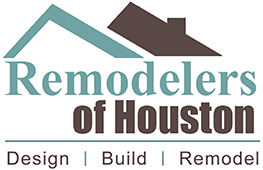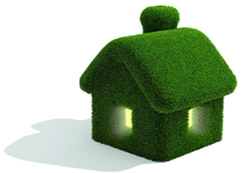Green Building – Does it Make “Cents”
In today’s remodeling and building industry, the new trend and buzz word is “green”. A basic definition of “green” is the use of construction methods and materials that provide healthy, efficient, and sustainable choices when remodeling or building a home.
Energy costs and the raw materials that serve the building market continue to climb. Now local, state and the federal government are pushing hard for the building industry to set standards that embrace the “green” theme. What the basic “green” standards will be for residential construction is at the center of the current debate between the NAHB and the government. Whatever the outcome, the costs to remodel and build to these “green” standards will be passed on to the homeowner.
For the homeowner, a contractor can offer a vast array of options to build or remodel “green”. The problem lies in selecting construction methods, materials, and products that make “cents”. When discussing “green” options with a contractor, the costs versus the savings or value need to be examined carefully. If the cost of alternate insulation is so high that the energy savings in dollars takes 30-40 years to breakeven, then the homeowner must decide on how “green” to be. All ready today many contractors construct using efficient attic ventilation systems, in line on demand hot water units, radiant barrier roof systems, energy efficient windows and door units, house wraps and sealant systems, to name a few. There are healthy paints, sealants, and adhesives that minimize worker and homeowner exposure to harmful fumes. “Green” options are extensive. The costs added to a project can be just as extensive.
As technology advances, many new or re-invented products constantly become available. The homeowner and the contractor must sort through these and assemble a “green” package that fits each home. The burden to be educated about all the “green” choices must be born by both the homeowner and contractor. The contractor should be the conduit to help each homeowner decide what methods and products make economic “cents” with each project and budget. With today’s access to information, “green” can be sorted, digested, embraced, and utilized in a manner that makes “cents”.

